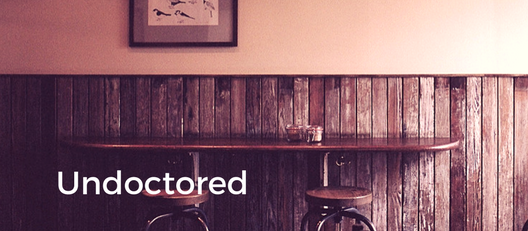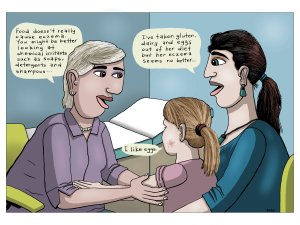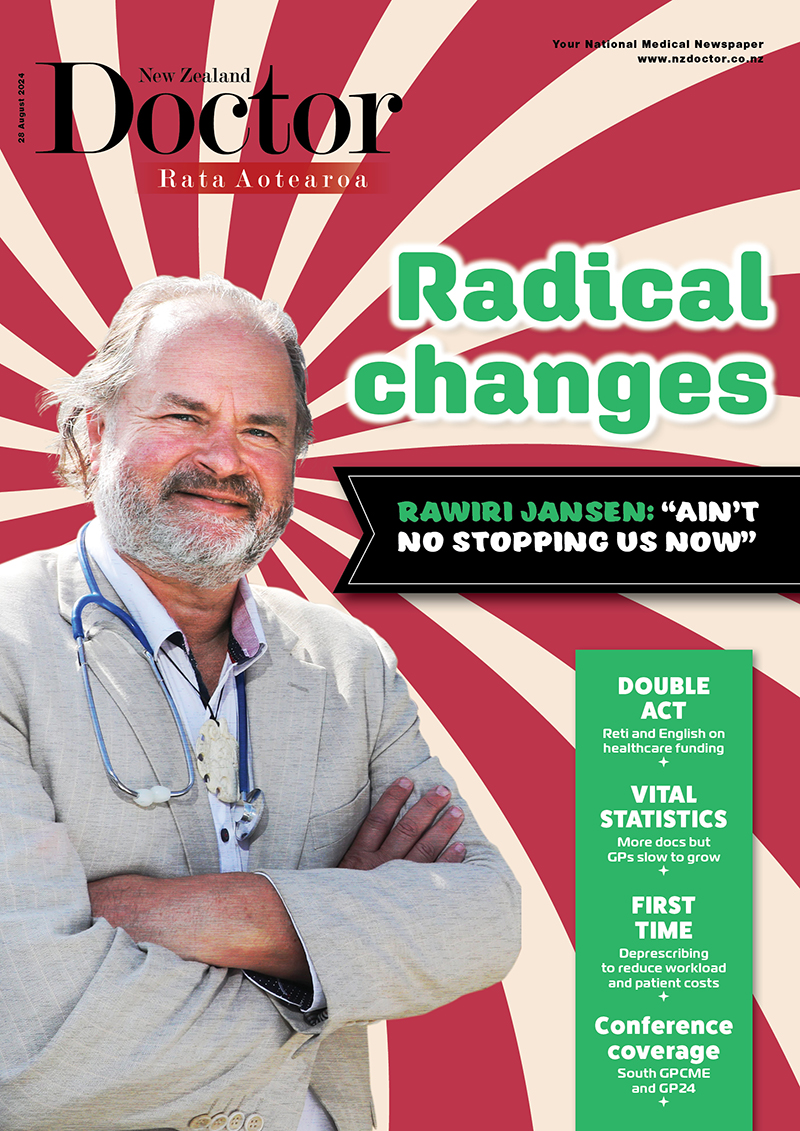Specialist GP Nikki Vadgama provides some tips to make your next paediatric eczema consult easier. She includes a review of new guidelines, resources, websites and medications for paediatric eczema management
Mental health fono spotlights high seclusion rates for Pacific peoples
Mental health fono spotlights high seclusion rates for Pacific peoples

The high numbers of Pacific mental health and addiction (MHA) consumers who experience seclusion in DHB MHA in-patient services was one of the drivers behind a national Pacific health fono held during May.
The Health Quality & Safety Commission (the Commission) worked with Pacific health and wellbeing organisation Le Va to deliver the Auckland fono for the Pacific MHA community on 22 May.
Pacific consumers and family representatives joined MHA staff and providers to talk about the issues associated with seclusion and to identify pathways for improving the safety and quality of MHA services for pacific communities.
Providers from across the Pacific community participated in the fono, including Raukura Hau Ora O Tainui, Lotofale (Auckland DHB), Takanga A Fohe (Waitemata DHB) and DRIVE - Consumer Direction (Counties Manukau DHB).
Seclusion is recognised internationally as causing harm to those who receive it, and as contravening a person’s basic human (and disability) rights. Yet, while there have been huge advances in this area in New Zealand over the last nine years, thanks to the work of Te Pou o te Whakaaro Nui (Te Pou), the National Key Performance Indicator (KPI) programme and frontline staff, Pacific consumers of MHA services are still twice as likely to experience seclusion within in-patient units than NZ European or Asian consumers.
According to DHB inpatient data, 14 percent of Pacific consumers of MHA services were secluded one or more times, a similar rate to Māori (15 percent), and double that experienced by NZ European and Asian consumers (7 and 6 percent respectively). [1]
The full-day fono provided a unique opportunity for attendees to discuss the practice of seclusion specific to Pacific MHA consumers and the current practices within New Zealand (see infographic).
It also enabled service consumers and family representatives to share personal and witnessed experiences of seclusion and promote a shared understanding of the trauma seclusion can cause to staff, as well as to consumers and their family members.
'It was really powerful to be able to present a Pacific view on seclusion,' says the Commission’s national consumer engagement advisor, Shaun McNeil. 'It allowed us to have rich discussions about the real-life challenges facing the Pacific mental health and addiction community. We were able to explore questions about safety and culture in depth and look together at opportunities to collaborate and create pathways to reduce the use of restrictive care that would work for the Pacific community. Ultimately it’s about making care safer for all.'
The Auckland fono was part of the Zero Seclusion initiative. This initiative is a national collaborative being led by the Commission and Te Pou, in partnership with the National KPI Programme and DHBs, to achieve the aspirational goal of eliminating seclusion in New Zealand MHA services by 2020.
The fono also provided an opportunity to introduce providers to the quality improvement methodology that underpins the Commission’s MHA programme, and to discuss the opportunities for the Commission to engage Pacific peoples in its ongoing work more effectively.
This important event marked the first time the Pacific MHA community, including consumers and family representatives, had come together to look at the issue of reducing seclusion from a purely Pacific Island community angle.




